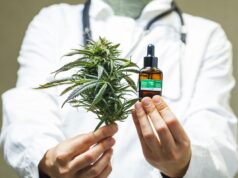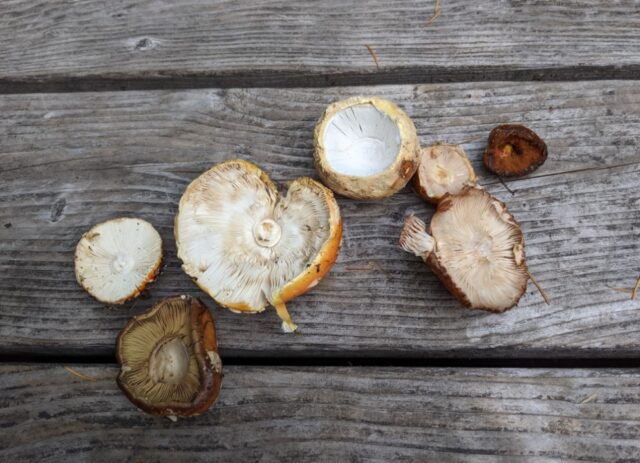
Mushrooms sprout from spores and not seeds. These spores are not visible to the human eye. Mushrooms grow in soil and even on wood too, where it does not require soil.
Spores do not have thick walls, so they can survive in any conditions and prevent dehydration. Reproduction happens fast, and the species’ survival rate is high.
A reliable online spore retailer can help you in procuring excellent quality mushroom spores based on your requirements. When discussing spores, there are few benefits of having mushrooms in our daily diet. They are,
Mushrooms Benefits
There are many benefits of having mushrooms. Few of them are,
- It is a rich source of vitamin D.
- Boost the body’s immune system.
- Improve heart health.
- It improves the health of the gut and boosts energy.
- It protects the brain while aging and improves memory.
- Protects the body from aging fast.
- It helps in lowering cholesterol.
- They help in maintaining good blood pressure.
Mushroom Spore Facts
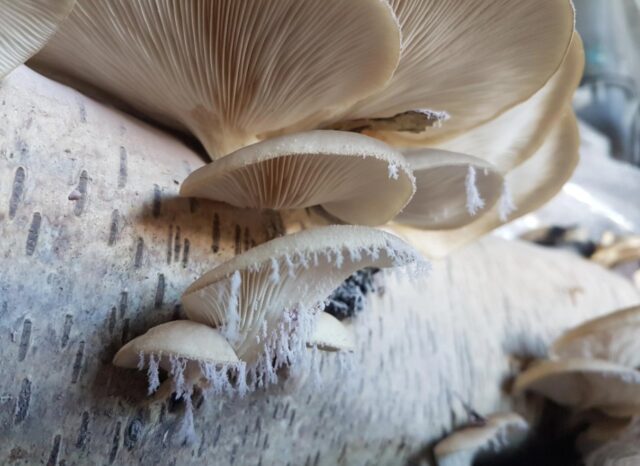
Spores in the mushrooms are the conceptive part of a mushroom. It gets compared to seeds. Seeds have an outside covering, while mushroom spores get released into the air like any dirt specks. Every spore has in-born data required for sprouting new mushrooms. A few of the interesting facts are,
1. Spores Travel In Air
It travels in the air with the help of the wind and falls into a suitable environment to germinate. It can easily travel more than 4 inches at a time.
2. Reproductive System Of Mushroom
Spores are the reproductive system of mushrooms. It helps mushrooms to reproduce and spread across different areas. It is the starting stage in the life of a mushroom, as it allows fungi to occupy new territory.
3. Create New Mycelium
The mushroom spore creates new mycelium. It is the root system that absorbs food from the soil and helps mushrooms to grow. It is the part of the mushrooms that are beneath the ground, getting compared to the root structure of mushrooms. When the growing conditions are right, it helps the fruit structure above the ground, known as a mushroom, develop and grow.
4. It Is Not Mushroom Seeds
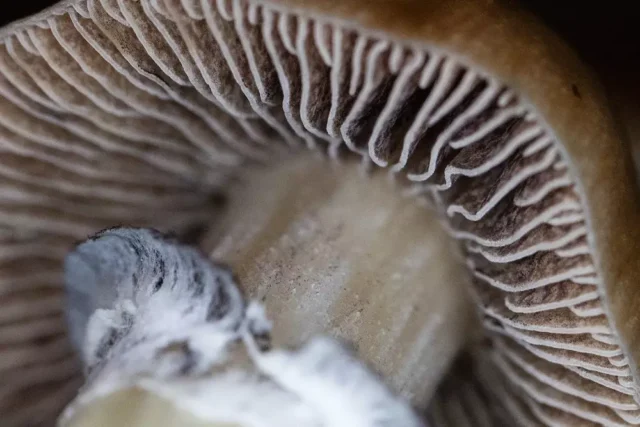
Spores are not the seeds of mushrooms. They germinate into new mushrooms, depending on their environment.
Mushroom seeds are more prominent and are black or brown colored. They are found in fully-grown mushrooms and not for breeding and are usually consumed as food by insects or birds after their harvest by an individual.
5. Spore Get Harvested
It gets harvested from a fully-grown mushroom. Harvesting of spore is called spore sprint.
After cutting off the stem, only the head or umbrella part of the mushroom gets placed on a piece of paper. Then a drop of water is sprinkled onto the mushroom head and covered with a jar. The spore gets dropped off one by one onto the piece of paper within twenty-four hours. Then these are placed in a plastic bag. This spore has a one-year shelf life if put away from air and sunlight.
6. They Are Not Dangerous
The spore is not a drug or fungi, so they are not dangerous. They are like seeds that sprout into live mushrooms if planted in suitable environments. They are not dangerous; people can touch spores and even lick them without getting any side effects.
7. They Are Not Psychoactive
They will not get anyone high. There is a myth that mushroom spore is like a drug. It is a myth only, and they are not psychoactive. These are separate from mushrooms and are just a reproducing part of mycelium that contains the genetic code required, which eventually sprouts out to be a fully grown mushroom.
Mushrooms depend upon Ribonucleic acid (RNA) for genetic data, not Deoxyribonucleic acid (DNA). It means these spores will not have a psychoactive effect on humans.
8. Help In Making Rains
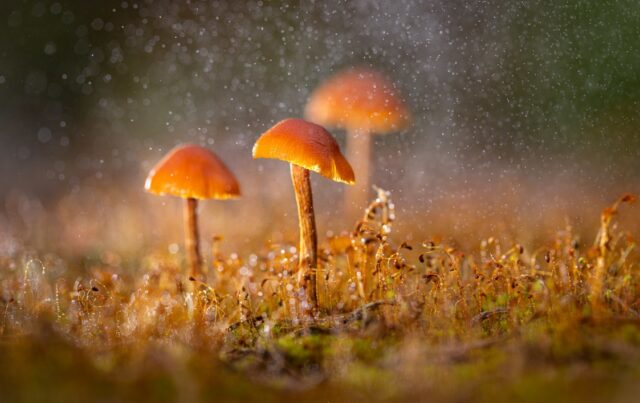
Scientists believe that mushroom spore help in making rain clouds, which eventually rain. For reproducing, the mushroom creates a spore that collects water from the atmosphere and makes rain clouds.
Mushrooms are found almost everywhere, on the sidewalks and sometimes in gardens. They have a cap like an umbrella, and if carefully observed beneath it, there are flaps known as gills, almost like a fish. These gills got spores in them. They look like a speck of dust covering the gills. Sometimes water drops can be seen on the gills; the spore catches these drops. Later, they get launched into the air by the wind and settle in the new environment, where they fall.
During their time floating in the air, they collect more water drops from the atmosphere, which is an essential factor for cloud condensation. As per scientists, more than fifty million tons of spores get released into the air every year, which is more than the average weight of semi-trucks. Hence the spore does play an essential part in getting rain.
9. They Germinate In A Moist Environment
If all the spores released grew into mushrooms, the spore produced by just one mushroom would cover 13 square kilometers of mushrooms. After traveling in the air, the spores germinate into a mushroom only if they are in a moist environment.
10. They Reproduce Sexually Or Asexually
The spore splits itself and can germinate asexually. It can also fuse with another variety of spores sexually and give life to a new array of mushrooms. Both are possible depending upon the environment they are put in.
11. Spring Is The Best Time
Spring is the best time to use spore for planting mushrooms, where the temperature will be at least 40° Fahrenheit.
12. Grow Mushroom At Home
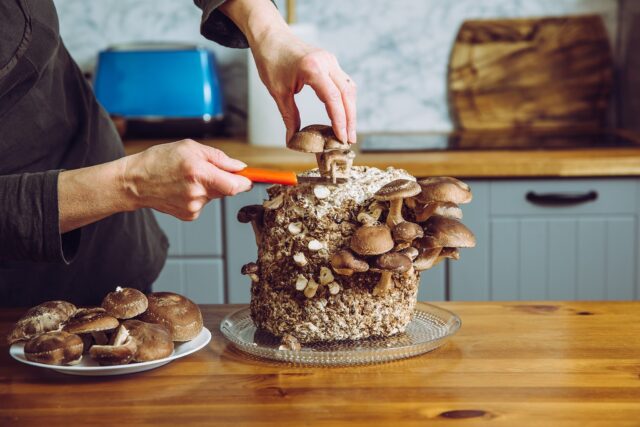
Mushrooms can be quickly grown at home using a growing medium. Just add the mushroom’s spores into the medium, spread evenly, and within weeks the mushroom will sprout.
Conclusion
From spores, the life cycle of the mushroom starts. A Mushroom is a type of fungi in a plant-like form. Fungi are related to animals, but when comparing the reproduction part, mushrooms have a lot of similarities with the plant kingdom.
Fungi make use of spores to reproduce, just like moss. These spores have chromosomes that eventually sprout into a new mushroom after settling in a suitable moist environment.


